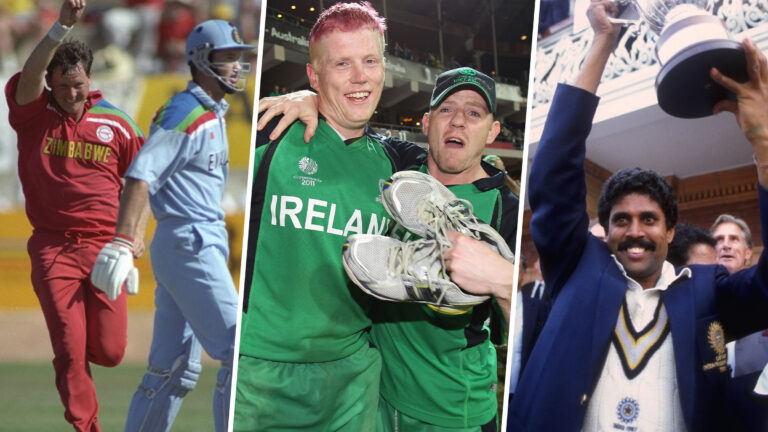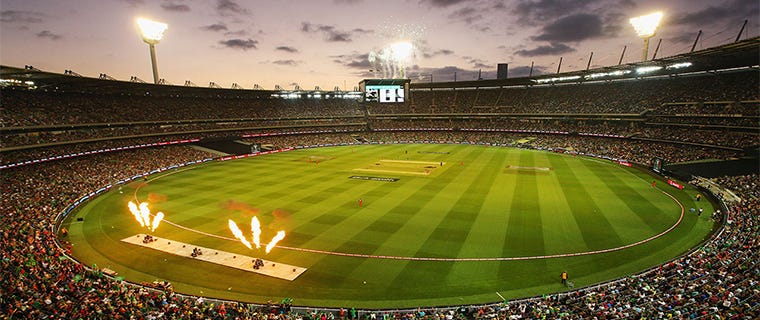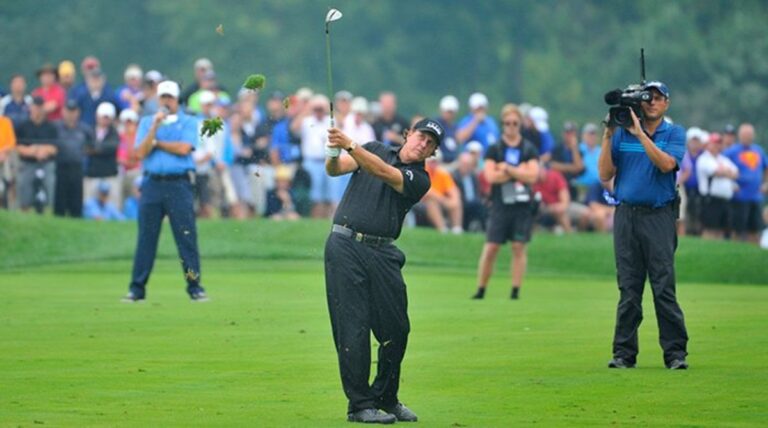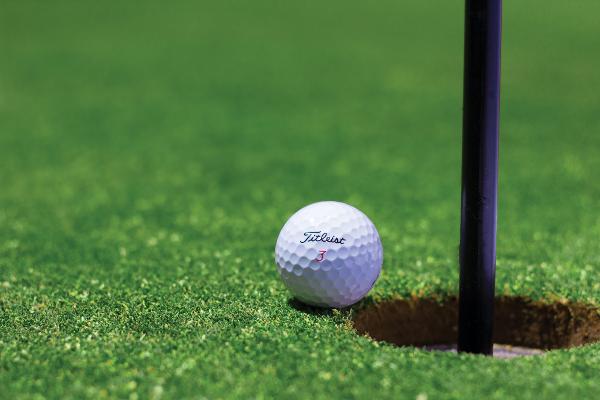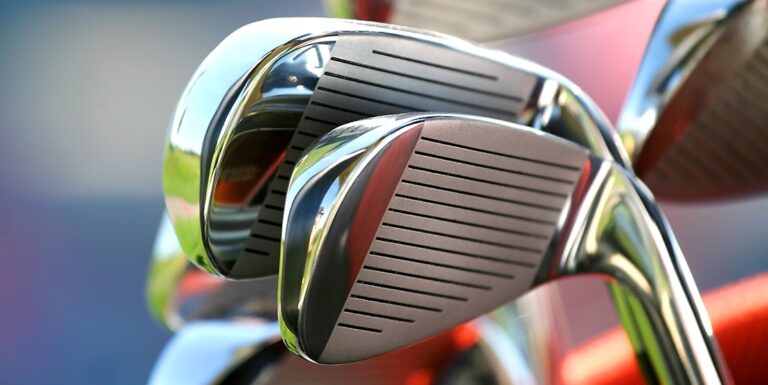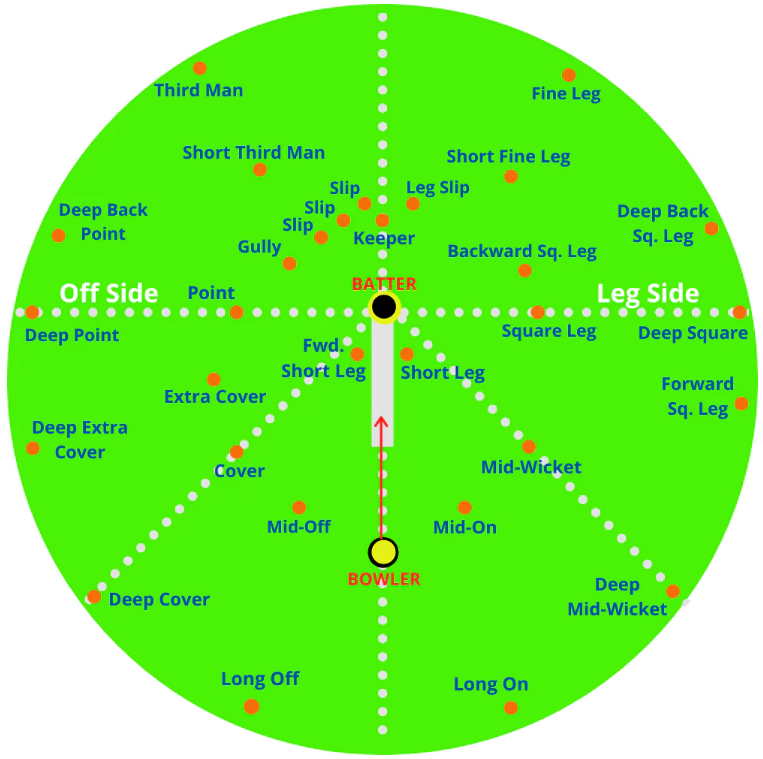
Cricket is a game rich in strategy, and one of its most overlooked aspects by casual viewers is field placement. Whether you’re new to the sport or looking to deepen your understanding, learning the roles of different fielding positions is essential.
In this article, we break down 11 key fielding positions and their responsibilities to help you follow the game more intelligently.
Why Fielding Positions Matter
Fielding strategy in cricket is just as important as batting and bowling. Captains place players in specific positions based on multiple factors, such as:
- The type of bowler (pace or spin)
- The batter’s tendencies
- Game format and situation
Understanding where players are placed — and why — gives you a strategic lens through which to view the game.
The 11 Key Cricket Fielding Positions Explained
1. Slip
Purpose: To catch edges from the bat.
Position: Next to the wicketkeeper, on the off-side.
Common Usage: When the ball is swinging or seaming, especially early in the innings.
2. Gully
Purpose: To catch deflections and mis-hits behind square.
Position: Between slip and point.
Common Usage: Adds extra coverage for attacking fast bowlers.
3. Point
Purpose: To stop square drives and cut shots.
Position: On the off-side, square to the batter.
Common Usage: Vital for agile fielders who can quickly dive and throw.
4. Cover
Purpose: To block off-cover drives and control run flow.
Position: Between point and mid-off on the off-side.
Common Usage: A frequent placement in all formats to stop boundaries.
5. Mid-Off
Purpose: To prevent straight drives and limit singles.
Position: Close to the bowler on the off-side.
Common Usage: Often used in combination with mid-on for balanced fielding.
6. Mid-On
Purpose: Similar to mid-off, but positioned on the leg-side.
Position: Straight and close to the bowler on the on-side.
Common Usage: To stop drives and assist in run-out opportunities.
7. Mid-Wicket
Purpose: To intercept leg-side flicks and drives.
Position: Between square leg and mid-on.
Common Usage: Crucial when bowling slower deliveries or spin.
8. Square Leg
Purpose: To field sweeps and short deliveries.
Position: Square on the leg side.
Common Usage: Important for monitoring aggressive leg-side batters.
9. Fine Leg
Purpose: To stop fine glances and top-edged shots.
Position: Deep behind square on the leg side.
Common Usage: Common for fast bowlers, especially on short balls.
10. Third Man
Purpose: To collect edges behind the wicket on the off-side.
Position: Deep behind square on the off side.
Common Usage: Key for saving boundaries off outside edges.
11. Wicketkeeper
Purpose: To catch missed balls, perform stumpings, and assist in run-outs.
Position: Directly behind the stumps.
Common Usage: Central to every delivery, requiring fast reflexes and agility.
Conclusion
Cricket is a game of chess, and every fielder is a strategically placed piece. Each position has a distinct role, and understanding them adds depth to your viewing experience. Next time you watch a match, try identifying each position in real-time and see the game unfold with a fresh perspective.

